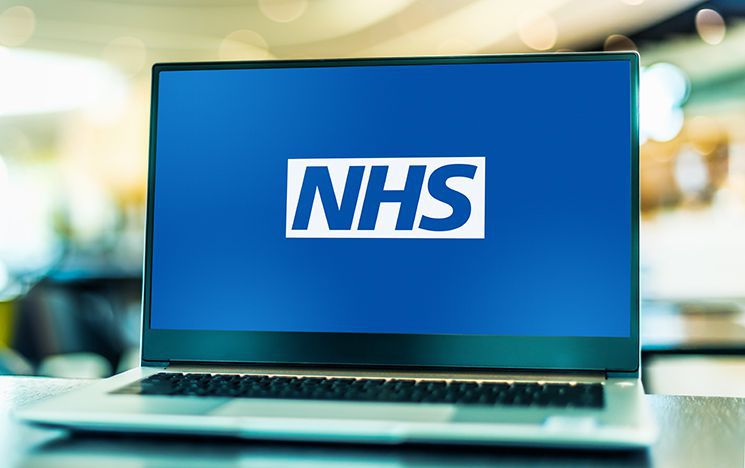NHS digital inclusion framework
Our academics are working with NHS Sussex to expand access to digital health and care services.

The rapid expansion of digital health and care services has the potential to empower us all to manage our own health, as well as improve clinical outcomes and efficiency. However, it also carries the risk of excluding the most vulnerable and highest-need populations, and worsening health inequalities.
To improve access to digital health services for the people who need them most, a Business School team joined forces with NHS Sussex to create a Digital Inclusion Framework. Launched in December 2022, the framework is already being used to support equality impact assessments across Sussex.
“For people to be digitally included, they need not only the right skills and equipment, but also access to digital services that are secure, reliable and fit with their everyday lives,” says Debbie Keeling, Professor of Marketing and Deputy Pro Vice Chancellor for Knowledge Exchange, who co-led the project. “We hope the new framework will raise awareness of the barriers people face when accessing digital services, and ensure that inaccessible pathways and technologies are not causing disengagement in digital health and care.”
Digital exclusion facts
A person is digitally excluded when they are unable to access or use the digital products they need for everyday life, including health and care.
- According to the Lloyds Bank UK Consumer Digital Index 2023, 35% of the UK population have, at best, low level digital skills, meaning they are unlikely to be able to access digital health and care services safely and effectively.
- 1.7 million people had no internet access in 2019 and, according to the House of Lords Communications and Digital Committee, 1 million have cancelled or discontinued their internet packages in the last year due to the cost of living crisis.
The new framework emerged from an integrative review of barriers and enablers to digital inclusion, conducted by Keeling alongside colleagues Dr Maja Golf-Papez, Jessica Hadjis van Thiel, Dr Ralitsa Hiteva and Nora Davies. A collaboration with Kath Sykes at the Kent Surrey Sussex Academic Health Science Network (now known as Health Innovation, Kent Surrey Sussex) provided guidance on the wider NHS digital health and care agenda and facilitated the involvement of key stakeholders. Clinicians, support workers, digital teams and commissioners from across NHS Sussex were actively involved in testing and developing the framework through a series of engagement activities, interviews and workshops.
Taking a person-centred approach, the framework identifies barriers and enablers to digital inclusion, including lack of awareness, access and affordability, skills and support, motivation, trust, accessibility and useability, at each stage of a person’s interaction with digital health products, services, and pathways. Crucially, the framework includes an assessment tool, which can be used to ensure new and existing digital programmes and pathways are inclusive and mitigate exclusion. Explaining the value of the framework, one of the current users from NHS Sussex said: “Anyone who is a part of service delivery should use this framework and it should be integrated into health and care management training.”
If the framework is applied by health and care services across England, it has the potential to open up digital services and improve health outcomes for millions of people who might otherwise be excluded or disadvantaged.
Financial Times commendation
The team’s work was highly commended in the 2024 Financial Times Responsible Business Education awards. Sitting alongside research from universities across the world, the Digital Inclusion Framework was one of just six projects from UK institutions to be recognised in the ‘best academic research with societal impact’ category. The awards are designed to showcase innovative, practical approaches to addressing vital societal issues.
Find out more
Photo credit: NHS image by Monticellllo, Adobe Stock.